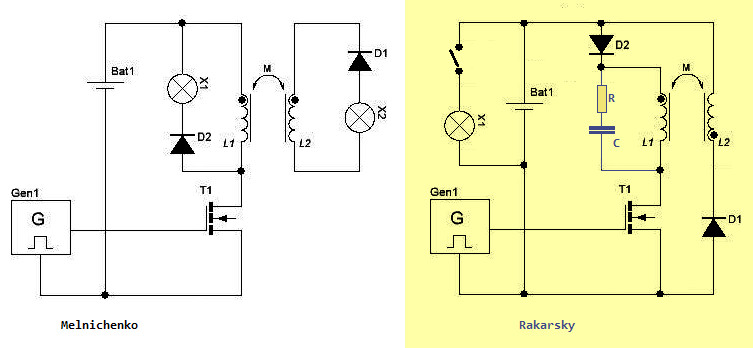AI Smart Electromagnetic Generator | My Site (semp.or.kr)
To make it "more fun", there are two documents on the website of Korean Research Institute the author of the development:
Issuance of test results from KOLAS nationally accredited testing institutes: 90dcf3_c5427982bb984d19a4b03f6ba5ef96b5.pdf (semp.or.kr)
KEPCO's official measurement report for 2020: 90dcf3_caade5f585bb4eccb3722c537f596486.pdf (semp.or.kr)
index.php?action=dlattach;topic=3003.0;attach=124429;image.jpg
To make it "more fun", there are two documents on the website of Korean Research Institute the author of the development:
Issuance of test results from KOLAS nationally accredited testing institutes: 90dcf3_c5427982bb984d19a4b03f6ba5ef96b5.pdf (semp.or.kr)
KEPCO's official measurement report for 2020: 90dcf3_caade5f585bb4eccb3722c537f596486.pdf (semp.or.kr)
index.php?action=dlattach;topic=3003.0;attach=124429;image.jpg


Comment